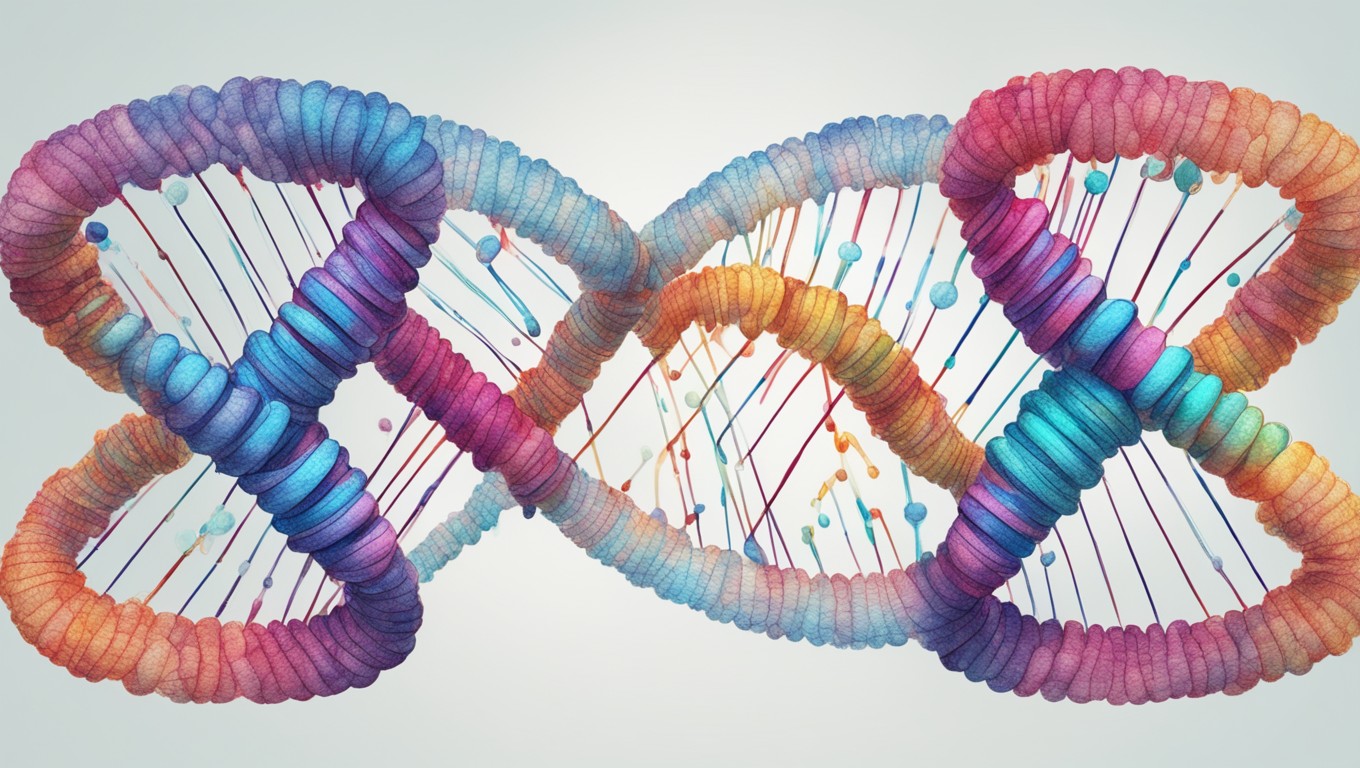In a groundbreaking research study published in the journal Science, scientists have unveiled Evo, a revolutionary machine learning model that possesses the ability to understand and design genetic instructions. This model, classified as a large language model (LLM), has the potential to predict the effects of genetic mutations and generate new DNA sequences, opening up possibilities for disease mitigation and a deeper understanding of DNA and RNA sequences.
Evo, similar to OpenAI’s GPT-4 and Google’s Gemini, is an artificial intelligence system that is trained on vast amounts of publicly available genomic data from microbes such as archaea, bacteria, and viruses. Unlike traditional LLMs which are trained on words, Evo uses base pairs, the building blocks of DNA, as its “words”. By comparing sequences of these base pairs against its training set, Evo can predict how a strand of DNA will function or even create new genetic material.
While previous models have explored genetic information using machine learning and LLMs, they have been limited by specialized functions and high computational costs. Evo sets itself apart by incorporating a fast and high-resolution model that can process long strings of information, enabling the analysis of patterns at the genome scale and capturing larger-scale interconnections that are often overlooked by other models.
To assess Evo’s capabilities, the research team conducted various tasks. Evo accurately predicted the effects of genetic mutations on protein structures, achieving results on par with models specifically trained for this task. In laboratory tests, Evo also generated protein and RNA components that offered protection against viral infection.
However, it is important to note that while Evo produced DNA sequences the size of entire genomes, these sequences did not necessarily possess the characteristics to support life. Some of the genetic instructions resembled those found in existing organisms, while others seemed plausible at first glance but lacked coherence upon closer examination. Researchers describe these sequences as “blurry images” of genomes, containing key characteristics but lacking the finer details commonly seen in natural genomes. Protein structures encoded in Evo-generated DNA also did not match naturally occurring proteins.
It is worth highlighting that Evo’s training was exclusively focused on microbial genomes, meaning its ability to predict the effects of human genetic mutations remains beyond its current capabilities. The study underscores the significance of establishing safety and ethics guidelines to prevent any potential misuse as models like Evo continue to evolve and enhance their performance. The research team stresses that proactive discussions involving the scientific community, security experts, and policymakers are imperative in order to address potential threats and promote responsible use of these powerful tools.
With Evo’s emergence, the possibilities for unlocking the potential of genetic mutations have expanded significantly. As scientists continue to refine and advance models like Evo, they pave the way for a future where diseases can be better understood and managed, providing hope for improved healthcare interventions and advancements in genetic research.





Use the share button below if you liked it.